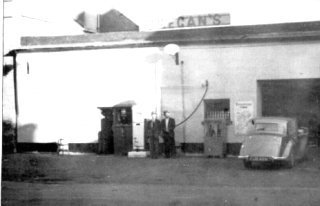It has just occurred to me that you may not know just what a ‘ball-bearing’ is.
Well, you surely know what one tiny 5mm diameter steel ball bearing is!
But we refer to a string of these, each in contact with the next, in a circle, enclosed tightly between two lipped steel circle bands, one approximately 10mm wider in diameter than the other, the bands being edged so that the ball-bearings are visible but cannot escape.
If the inner band is held firm (by the insertion, for example of three fingers) then the outer can be spun and will move freely, the oiled ball-bearings reducing friction.
Their function in road motors of all kinds is to facilitate movement: they are found inside all drive shafts, half-shafts, differentials etc. Before the recent scientific advance in this technology, it was not unusual for local garages to replace these frequently. Now, it would not work for ball-bearing are now manufactured – not flat, as we required for full contact with the road or pavement surface – but with a built-in slant, that better suits the task required of them, i.e. to translate vertical into lateral torque.
Anyway, when we needed them they were eminently suited to our requirements. Four such ball-bearings were attached to the corners of our buggies and off we thundered!
But before all that, we had to face the technical problems of construction! We’ll look at that next!
…………. more ……………
